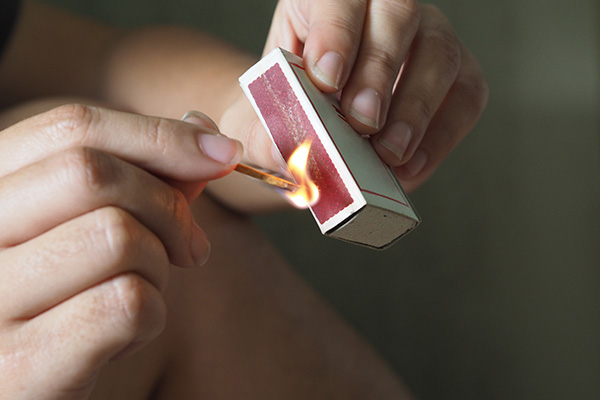starstarstarstar
star_borderstar
4.6 stars | 51 reviews
starstarstarstar
star_borderstar
4.6 stars | 51 reviews
All Reviews
Failed to load reviews.
I used attorney Seth Smith for a post divorce domestic case. His office was very responsive to my phone calls and emails. Seth was very easy to talk to during our initial consultation, answered questions and was very upfront with explaining details about my case. I felt very comfortable with him representing me in court and we had a good outcome. Highly recommend Seth Smith!
Seth Smith is awesome he's good at what he does he helped me out majorly he's the first Attorney that's ever accomplished for me for that I am very grateful thank you Seth.
Seriously the best criminal deference attorney in Licking county!!!! This guy is legit.
Seth helped me out so much through the process of my divorce. I switched to Seth after not being pleased with my previous attorney and I wish I would I had Seth the whole time. He did more for me the first week than the previous attorney did in 6months. He will not be pushed around by and will fight for you and what’s right. He was able to get my spousal support cut in half and equal rights with my children when the previous attorney wanted me to just agree with everything the opposing side wanted. Seth is the a great guy and will 100% be upfront with you no beating around the bush. Thank you Seth your the man!!!
I would 10/10 refer anyone to Seth! Court issues are always a headache and they made the process for me as simplified and easy as they possibly could have. Always has time to discuss issues regardless of your schedule and that in itself was greatly appreciated.
Failed to load reviews.
Fetching...
Displaying 1 - 5 of 51
%20Crop.jpg)














